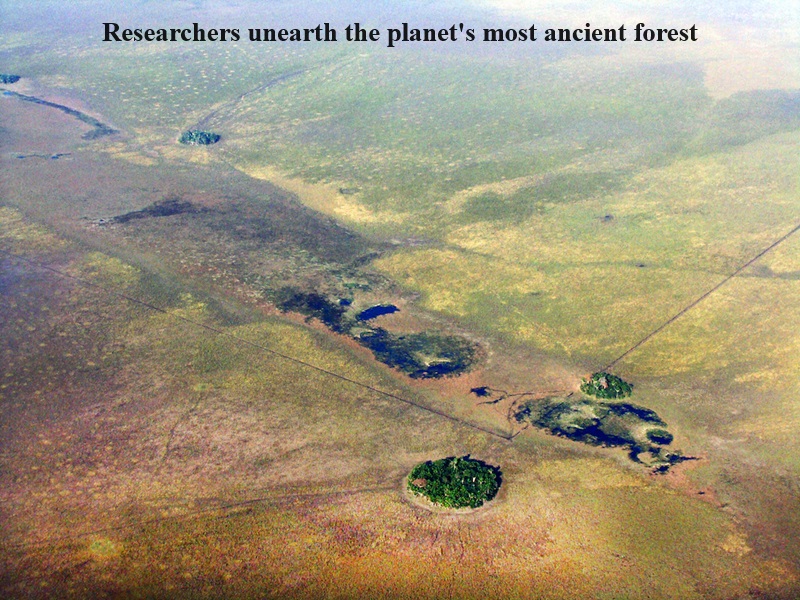
Deep within a desolate quarry near Cairo, New York, researchers have unveiled the remnants of the planet’s most ancient forest, concealed within rocks dating back a staggering 385 million years. Although the existence of this ancient forest was previously recognized by the research team, it marked the first comprehensive investigation to ascertain the ages of the plants and trees flourishing in this prehistoric site.
The fossilized roots preserved within these rocks serve as a captivating window into the past, offering insights into an ancient forest that once sprawled across an estimated 400 kilometers, or roughly 250 miles. This meticulous study of fossils falls within the realm of palaeobotany, a discipline where “paleo” denotes old or ancient, and “botany” pertains to the study of plants.
Conducted by researchers from the University of Binghamton in the US and Cardiff University in Wales, the study involved a thorough examination of diverse plant and tree fossils, officially designating this as Earth’s oldest-known forest. Unlike contemporary trees that reproduce via seeds, the ancient trees in this forest employed a distinctive reproductive strategy, relying on spores instead.
In a departure from conventional seed-based reproduction, these ancient trees dispersed spores into the air for proliferation—a method akin to the reproductive strategy observed in fungi. This groundbreaking discovery challenges and reshapes our comprehension of ancient ecosystems, shedding light on the varied ways in which plant life evolved over millions of years. The fossils in this ancient forest not only unveil the beauty of Earth’s early landscapes but also serve as a testament to the resilience and adaptability of life through the eons.

Post Your Comments